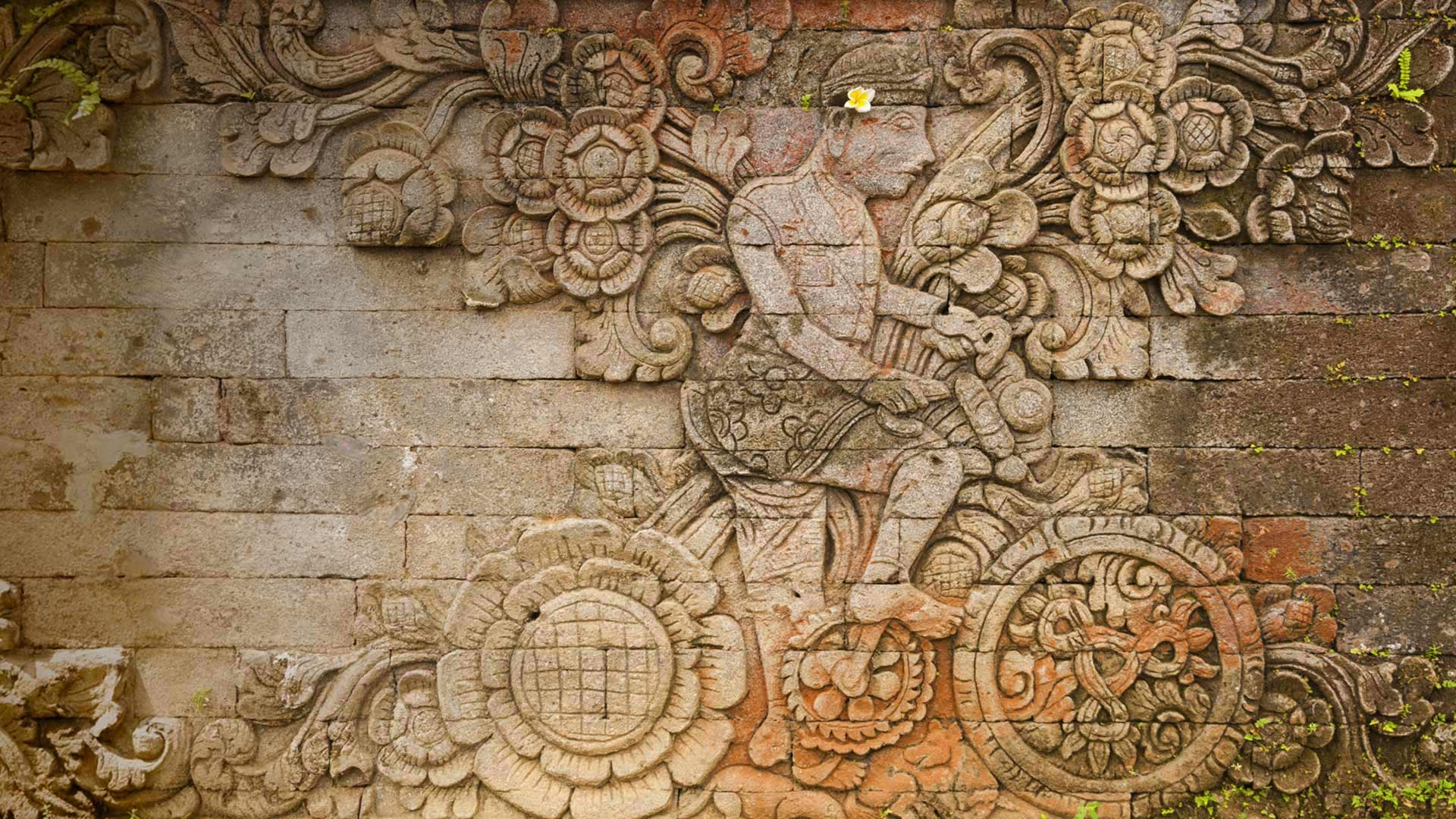Changing Cultural and Environmental Needs
In recent years, China has been experiencing a shift in its traditional burial practices towards cremation. This change has been driven by a combination of cultural and environmental factors, prompting the country to adapt its cremation practices to meet these evolving needs.
Cultural Shift
Historically, burial has been the preferred method of handling the deceased in China due to traditional beliefs and customs. However, as urbanization and modernization have taken hold, attitudes towards cremation have been changing. Younger generations are increasingly choosing cremation over traditional burial, in part because of the limited space available in urban areas for cemeteries.
Environmental Considerations
With a population of over 1.4 billion people, China faces environmental challenges, including land scarcity and pollution. Cremation can be a more environmentally-friendly option compared to traditional burial, as it requires less land and reduces the risk of groundwater contamination from burial sites.
Adapting Cremation Practices
To meet the changing cultural and environmental needs, China has been implementing measures to adapt its cremation practices. This includes investing in modern, efficient crematoriums equipped with advanced filtration systems to minimize emissions and reduce environmental impact. Additionally, the government has been promoting the use of eco-friendly urns and encouraging scattering ashes in designated areas as an alternative to traditional burial.
Challenges and Opportunities
While the shift towards cremation in China presents opportunities for more sustainable and space-efficient end-of-life practices, it also brings challenges. There is a need for greater awareness and education on the benefits and procedures of cremation, as well as addressing cultural and religious concerns. Additionally, ensuring that cremation facilities adhere to strict environmental standards is crucial for minimizing the impact on the environment.
Conclusion
As China continues to adapt its cremation practices to meet changing cultural and environmental needs, it presents an opportunity for the country to find a balance between tradition and modernity. By embracing cremation as a sustainable and space-efficient option, China can address its environmental challenges while respecting cultural traditions surrounding end-of-life practices.








